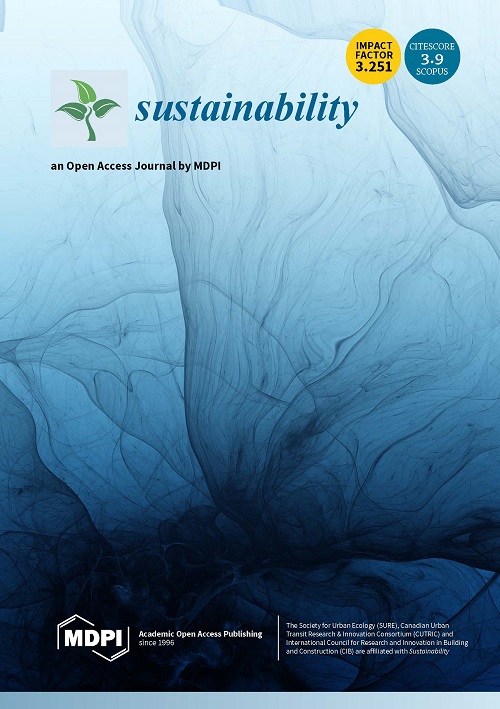Land-use intensification is a central element in proposed strategies to address global food security. One rationale for accepting the negative consequences of land-use intensification for farmland biodiversity is that it could ‘spare' further expansion of agriculture into remaining natural habitats. However, in many regions of the world the only natural habitats that can be spared are fragments within landscapes dominated by agriculture. Therefore, land-sparing arguments hinge on land-use intensification having low spillover effects into adjacent protected areas, otherwise net conservation gains will diminish with increasing intensification. We test, for the first time, whether the degree of spillover from farmland into adjacent natural habitats scales in magnitude with increasing land-use intensity. We identified a continuous land-use intensity gradient across pastoral farming systems in New Zealand (based on 13 components of farmer input and soil biogeochemistry variables), and measured cumulative off-site spillover effects of fertilisers and livestock on soil biogeochemistry in 21 adjacent forest remnants. Ten of 11 measured soil properties differed significantly between remnants and intact-forest reference sites, for both fenced and unfenced remnants, at both edge and interior. For seven variables, the magnitude of effects scaled significantly with magnitude of surrounding land-use intensity, through complex interactions with fencing and edge effects. In particular, total C, total N, d15N, total P and heavy-metal contaminants of phosphate fertilizers (Cd and U) increased significantly within remnants in response to increasing land-use intensity, and these effects were exacerbated in unfenced relative to fenced remnants. This suggests movement of livestock into surrounding natural habitats is a significant component of agricultural spillover, but pervasive changes in soil biogeochemistry still occur through nutrient spillover channels alone, even in fenced remnants set aside for conservation. These results have important implications for the viability of land-sparing as a strategy for balancing landscape-level conservation and production goals in agricultural landscapes.
Download:
DOI:
https://doi.org/10.1371/journal.pone.0116474
Skor altmetrik:
Jumlah Kutipan Dimensi:




















